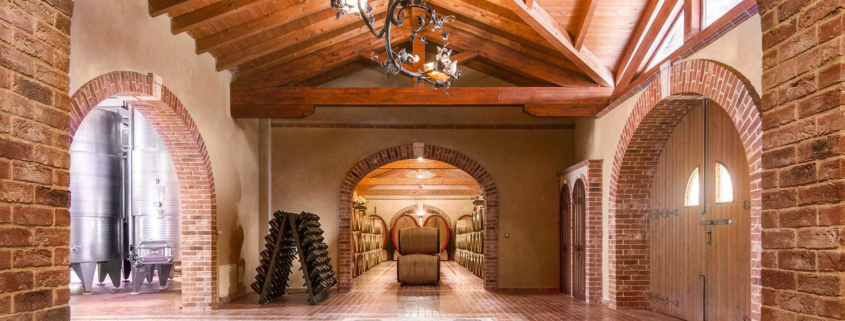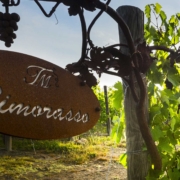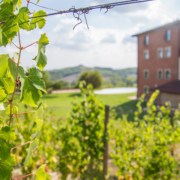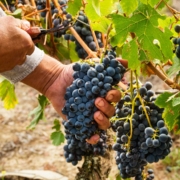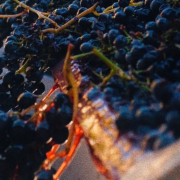Spring works in the Tenuta Montemagno vineyard and cellar
Article written in collaboration with Roberto Nantiat and Gianfranco Cordero, winemakers of Tenuta Montemagno
2022 will certainly be remembered by all wine producers as a year of severe drought.
Similarly, 2023 will be remembered for being, at least in the first 6 months, a particularly bizarre year from a meteorological point of view. Past year’s drought lasted for the first months of this one to then suddenly change and bring the attention of winemakers and agronomists from scarcity to abundance of water in the soil.
In this article we will find out with Roberto Nantiat, the winemaker who, with Gianfranco Cordero, follows the works at Tenuta Montemagno, what happened between the rows during the spring on the estate and what was done to deal with the sudden abundance of water and to prepare the vineyard at its best for a season, the summer, which leads to the harvest.
The first part of spring 2023 was still marked by drought. A status that has its origins in the past year and which has persisted, except for some sporadic rainy and snowy events, throughout the winter and the first part of this year. Since May there has been a climatic inversion: from zero rain to 2-3 days of rain per week.
This reversal brings with it two potential consequences: one positive and one negative.
The first, as it is easy to imagine, solves the water problem; the abundant rains bring a lot of nourishment to the vines and these show a strong vegetation. The second, also easily guessable, is the possible presence of fungi (mainly downy mildew and powdery mildew), which caused by the very short time between one rainy event and the next, could become particularly strong and aggressive. Utmost attention therefore, with protective interventions to be carried out in the vineyard, such as the more orderly “distribution” of the shoots, so that a greater passage of air is created and the potential risks of taking root and growth of fungi are reduced.
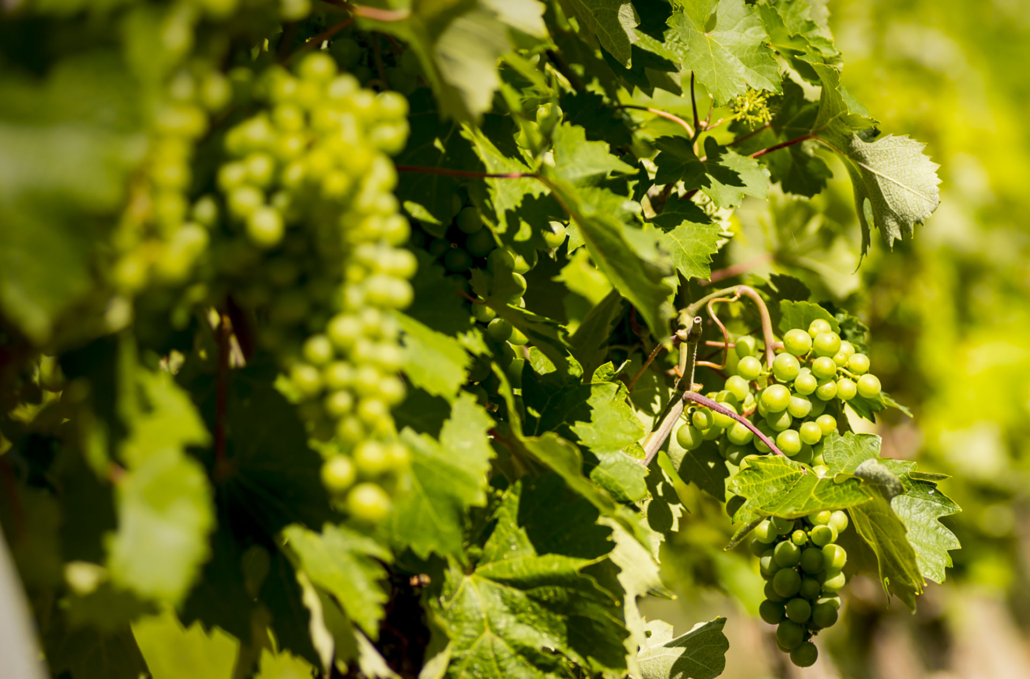
Another rather unusual aspect that could require corrective interventions is always linked to the abundance of water and the consequent vegetative thrust of the plants which is shown with an evident luxuriance of the foliage.
This sign is definitely positive, but shows a slightly uneven growth of the shoots even at individual plant level.
This is the result of the stress suffered by the vines during the drought, when the shoots all grew with great difficulty; now, with the arrival of rainfall, the differences generated by this stress can be clearly seen, with some shoots stronger than others.
This vegetative inhomogeneity leads us to monitor the evolution of the season with great meticulousness, to plan in advance interventions in the vineyard, presumably at the beginning of August. Normally we already carry out the thinning of the bunches, so as to guarantee the right balance between the quality of the harvested grapes and the quantity; this year we expect an intensification of this operation which gives strength to the vine and to the ripest bunches and nourishment to the soil, on which the pruned bunches are left.
In the cellar we continued with the bottling of most of the red wines, while for the whites this activity was completed at the end of winter: Violae (blend of Syrah and Barbera d’Asti), Soranus (the Barolo of Tenuta Motnemagno), Mysterium 2019 (Barbera d’Asti Superiore) and Nobilis (Ruchè di Castagnole Monferrato).
Invictus will soon follow, always Ruchè from Castagnole Monferrato, particularly decisive and structured, obtained by carrying out a late harvest of the grapes. Resting horizontally for 24 and 36 months, on the other hand, the TM Brut (Metodo Classico from Barbera grapes), whose “draft” was carried out in mid-late March.

The climate changes we wrote about in the first part of the article have had another positive response. While during the winter it was evident that the vegetation of the vineyard was two weeks early, now it can be seen how this condition has been reset; as a result, the harvest forecast could return to the more traditional deadlines, from the end of August to the beginning of September onwards.
We will therefore talk about this again in the next editorial, when we will have updates on the status of the vineyard during the summer and on the preparation or completion work for the 2023 harvest.


